Introduction to boutique coffee: introduction to red bourbon coffee, Brazilian red bourbon coffee, taste and flavor, hand flushing technique.
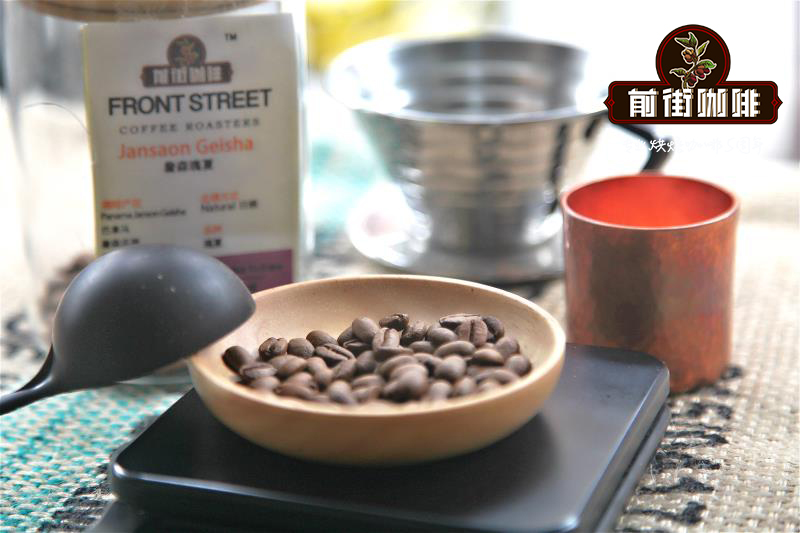
Professional coffee knowledge exchange more coffee bean information please follow the coffee workshop (Wechat official account cafe_style)
Bourbon and iron pickup are both Arabica varieties, and they are also one of the oldest varieties of coffee. The bourbon species itself has a very long history, and its transmission route has been shared in Qianjie before, and now Brazil is the representative country. Qianjie is very interested in bourbon, because bourbon plays an important role in boutique coffee, and it is well known for its thick taste and outstanding nutty flavor, as well as variants of different colors. the characteristics are also different, which undoubtedly brings new blood and harvest to the coffee industry.
Coffee history
Brazil is the world's first coffee producer and the largest coffee producer, with a wide range of coffee planting areas. A total of 17 states produce coffee in Brazil. At the same time, Brazil grows a wide variety of coffee, mainly red bourbon, yellow bourbon, New World and Kaduai. Coffee entered Brazil from French Guiana in 1727. In 1727, Francesco Parretta, a Portuguese diplomat, was sent to French Guiana to mediate territorial disputes. At that time, Francisco captured the heart of the governor's wife. She hid a few coffee seeds in the flowers given to him, so Francesco successfully brought coffee seeds to Brazil.
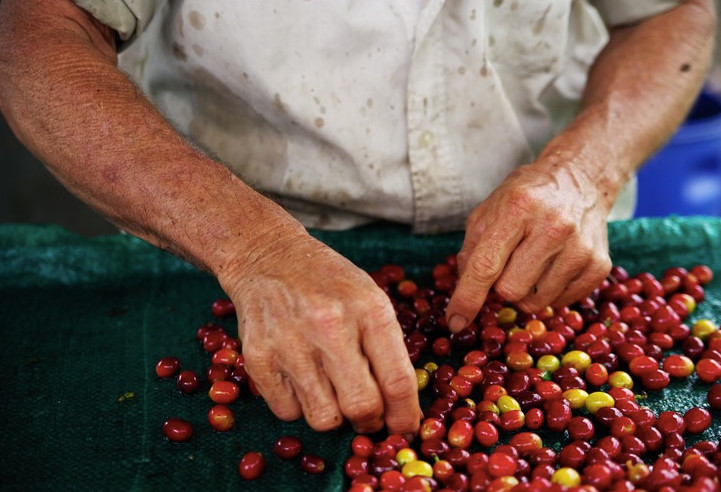
Bourbon species
Bourbon species classification: red bourbon, yellow bourbon, orange bourbon, pink bourbon, blue bourbon
Bourbon coffee is the same old variety as Typica coffee, which belongs to Arabica coffee. Bourbon coffee was originally planted in Reunion, which was also known as le Bourbon before 1789, so the coffee variety was also named "bourbon". As an old variety of coffee beans, unlike tin card coffee, bourbon has wider leaves and denser growth, and its yield is 30% higher than that of tin card coffee, and the beans are shorter and round. the berries are sour, the cream and flavor are obvious, the sour flavor is strong, and the fruit acid taste is obvious, but the same problem is poor disease resistance.
After the red bourbon general coffee tree blossoms and bears fruit, the color change of coffee fruit is: green > turn yellowish > turn slightly orange > turn mature red > turn more ripe dark red, so some people say that "red bourbon species" is a coffee tree species introduced to Brazil through Campinas in the south around 1860, and it is also a typical coffee tree species. Generally speaking, bourbon is a coffee tree that belongs to a branch of Arabica species, generally bearing red fruit, called red bourbon, in addition to yellow bourbon, orange bourbon, yellow bourbon relatively low yield, but better quality.
South Minas producing area of Brazil
The hilly woodland of 700m-1200m in South Minas is the earliest coffee production area in Brazil. Due to the increase in labor costs, it is now mostly harvested mechanically, and it is also the earliest commercialized area of coffee. We can see that many large exporters are also here. Bahia, located in the north of Brazil, mainly produces washing Brazil, and Espiritu Santo, near the seaside, is the main export area of Brazilian Robusta varieties. There are mainly two kinds of topography in Brazil, one is the Brazilian plateau above 500 meters above sea level, and the other is the Brazilian plain below 200 meters above sea level. The main cultivated and well-known variety is bourbon (including yellow bourbon, red bourbon, Pingdou Shan du Shi). The taste of Brazilian coffee is mainly characterized by low acidity, nutty flavor, balanced and moderate thickness. In the world of boutique coffee, Brazilian coffee is not outstanding, but Brazilian coffee is often used as a blending variety in Italian coffee. Because of the high degree of balance, it is often used by merchants as blue mountain flavor beans.
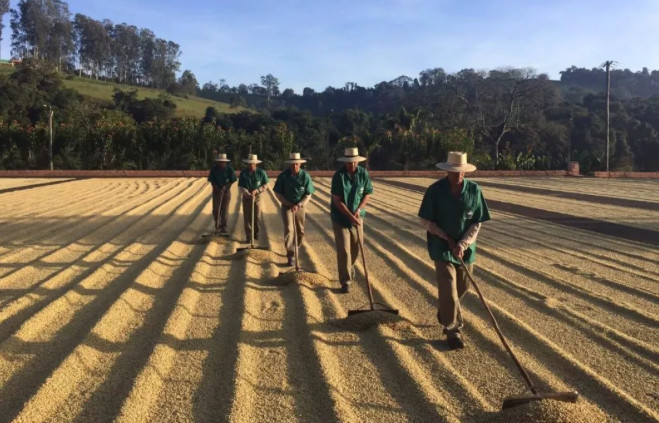
Treatment method-semi-washing method
After picking coffee cherries, remove the immature fruit and foreign body through the sink, remove the skin and part of the pulp, and then use the pectin machine to remove the mucous membrane. The removal of mucous membrane helps to reduce the required sun drying time and reduce the risk of fermentation. This method is often used when the climatic conditions are not so ideal. If the air humidity is high, the climate is warm or there is rain, then there is a risk of mildew in the drying process. As a result, most of the washed beans used in commodity trade in Brazil are processed by semi-washing.
Brazilian coffee bean grade
The method of grading Brazilian coffee beans according to the defect rate is the "deduction method", which is classified according to the number of defective beans per 300g of main beans, with a total of No.2 to No. 8 seven levels, and a deduction of less than 4 can be classified as No.2. Not a single defective bean can certainly be called No.1, but this situation is rare, unable to maintain a certain supply, so Brazil set No.2 as the highest level, not No.1. The method of dividing the number of eyes by the size of coffee beans is to sift through a 64-inch screen based on 1 canister, which is usually 14 Murray 20. It is also important to note that the size corresponding to the number of items is the short side of the coffee bean, that is, the "width". In Brazil, the largest number of coffee beans is 19 mesh, but the yield is not much, so 17ple 18 is the highest grade.
Qianjie coffee roasting analysis roaster Yang family 600g semi-direct fire
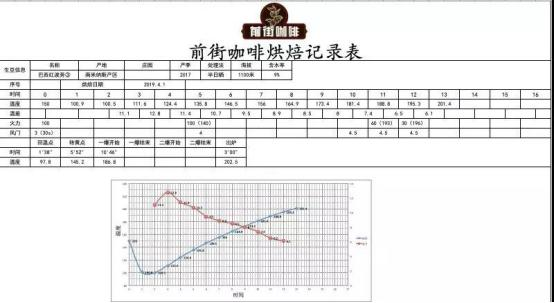
Brazilian coffee generally grows at an altitude of 1000-1300 meters above sea level, so its density is relatively low, the water content is moderate, the bean quality is soft, and the thickness from the bean surface to the bean core is thin, so it is not suitable for baking at too high temperature, so there will be a bitter taste. We choose the method of throwing beans over medium heat to keep the firepower to the dehydration stage, and fine-tune the caramelization reaction with the increase of temperature after the first explosion, which makes the caramelization reaction more fuller. After the semi-water washing and explosion, the temperature rises slowly, and the beans can be dropped when the second explosion is near. The furnace temperature is preheated to 200 degrees Celsius, fire is fired after the throttle is set at 3J30s, the firepower is adjusted to 160, the throttle is unchanged, the temperature recovery point is 30, keep the firepower, the grass smell disappears, the firepower is reduced to 130, and the throttle is opened to 4. At 168 degrees, the firepower was lowered again to 100.8 degrees 39. 00 after dehydration, the bean table appeared wrinkled and black markings, and the taste of toast changed to coffee, which was a prelude to an explosion. At 8: 00, 39: 00, 50 starts to explode, and all the throttle doors are open. After an explosion, the development time is 3 minutes and 10 seconds, and when it reaches 190C, the firepower drops to 50194 degrees, then to 30 degrees, and then to about 200degrees.
Qianjie coffee cup test record
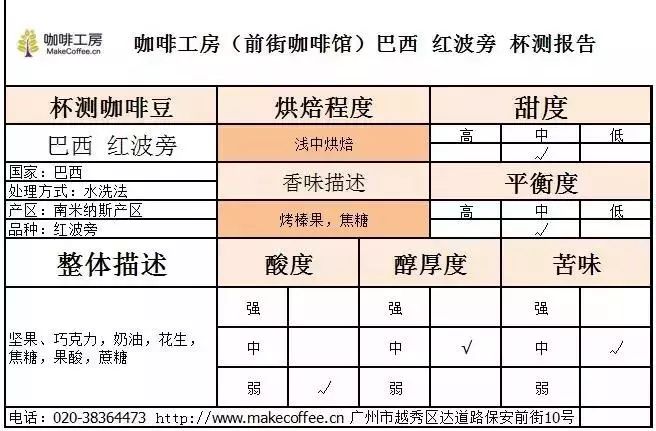
This is a flavor-balanced coffee with a typical Brazilian coffee style. The flavor of nuts and chocolate is outstanding and the acidity is low.
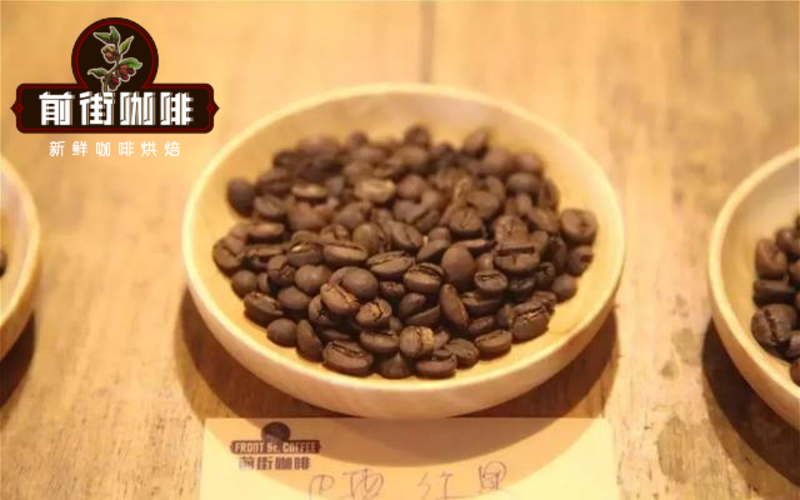
Qianjie Coffee Brazil Red bourbon
[country] Brazil Barsil
Red bourbon, Red Bourbon
[treatment] hand extraction, followed by half-sun treatment
[place of origin] South Minas
[altitude] 700m-1200m
[treatment method] semi-washing
[flavor] High sweetness, clean, supple, low acid value, tropical fruit aroma.
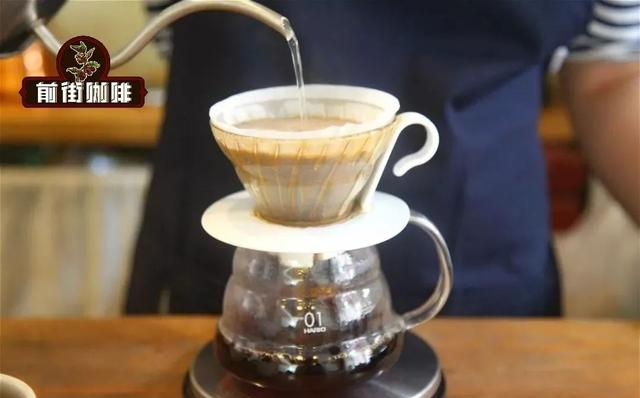
Data of coffee brewing in Qianjie
Grind degree: 4 (Japan Fuji R440) Water temperature: 89 °C V60 filter cup, 15g powder, water temperature 90-91 degrees, grinding 3.5.The ratio of water to powder is close to 1:15 30g steaming, steaming time is 30s, subsection: water injection to 120ml cut off water, slow water injection to 225ml, that is, 30-120-75, total extraction time is 2 minutes.
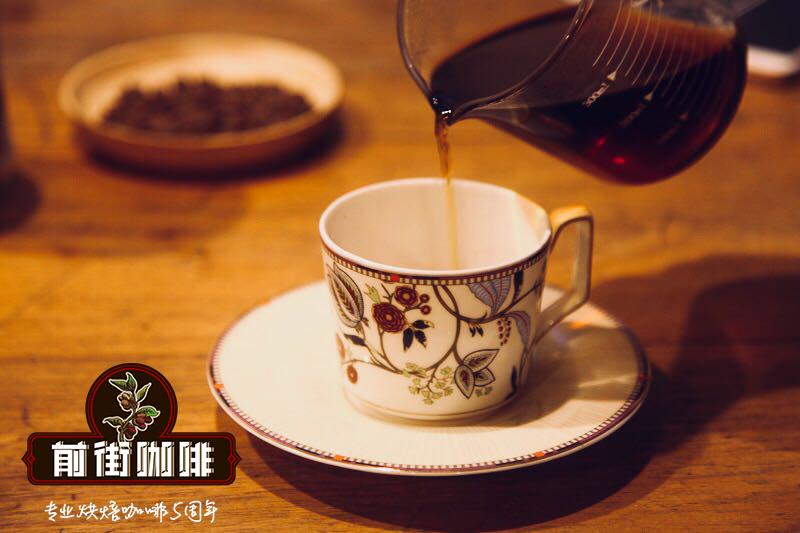
For more knowledge of boutique coffee, please add private Wechat Qianjie Coffee WeChat account: kaixinguoguo0925
Important Notice :
前街咖啡 FrontStreet Coffee has moved to new addredd:
FrontStreet Coffee Address: 315,Donghua East Road,GuangZhou
Tel:020 38364473
- Prev
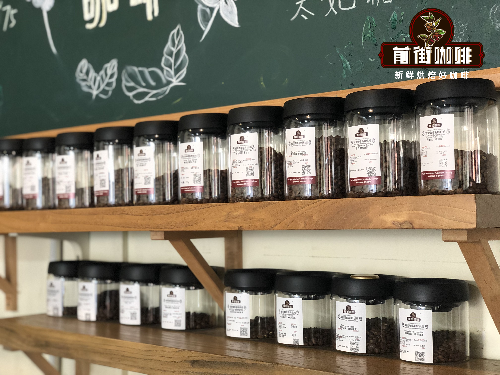
Introduction of Bourbon Coffee Bean Variety characteristics, Flavor and Taste in Hilado, Brazil
Professional coffee knowledge exchange more coffee bean information please follow coffee workshop (Wechat official account cafe_style) bourbon Coffee (French: CafBourbon) is a kind of coffee produced by Arabica coffee bourbon cultivation. Bourbon coffee was originally grown in Reunion, where 1.
- Next
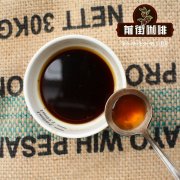
Introduction to boutique bourbon coffee: why is pink bourbon coffee rare?
Professional coffee knowledge exchange more coffee bean information please follow the coffee workshop (Wechat official account cafe_style) pink bourbon (Pink Bourbon) read the introduction of red bourbon and yellow bourbon, you can speculate that pink bourbon is named because the ripe fruit is pink! Pink bourbon is a very rare variety bred by the mixture of red bourbon and yellow bourbon. In the introduction powder
Related
- Detailed explanation of Jadeite planting Land in Panamanian Jadeite Manor introduction to the grading system of Jadeite competitive bidding, Red bid, Green bid and Rose Summer
- Story of Coffee planting in Brenka region of Costa Rica Stonehenge Manor anaerobic heavy honey treatment of flavor mouth
- What's on the barrel of Blue Mountain Coffee beans?
- Can American coffee also pull flowers? How to use hot American style to pull out a good-looking pattern?
- Can you make a cold extract with coffee beans? What is the right proportion for cold-extracted coffee formula?
- Indonesian PWN Gold Mandrine Coffee Origin Features Flavor How to Chong? Mandolin coffee is American.
- A brief introduction to the flavor characteristics of Brazilian yellow bourbon coffee beans
- What is the effect of different water quality on the flavor of cold-extracted coffee? What kind of water is best for brewing coffee?
- Why do you think of Rose Summer whenever you mention Panamanian coffee?
- Introduction to the characteristics of authentic blue mountain coffee bean producing areas? What is the CIB Coffee Authority in Jamaica?

